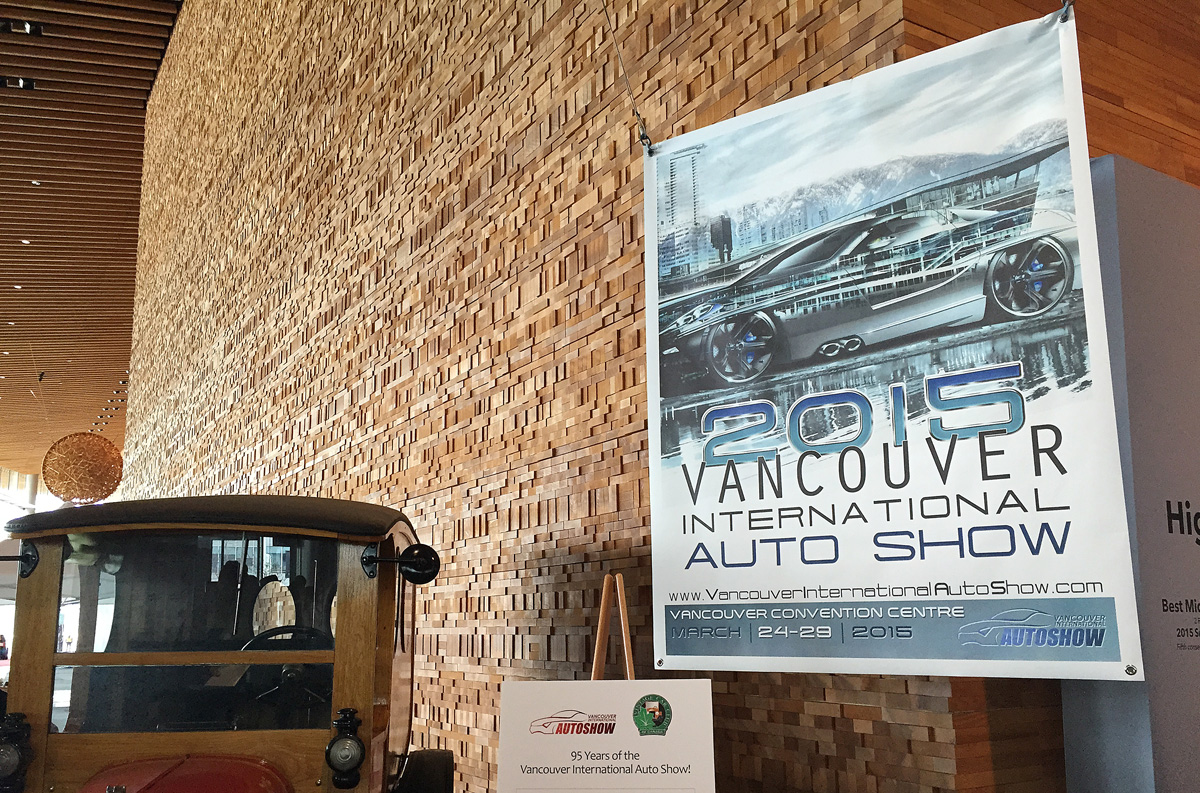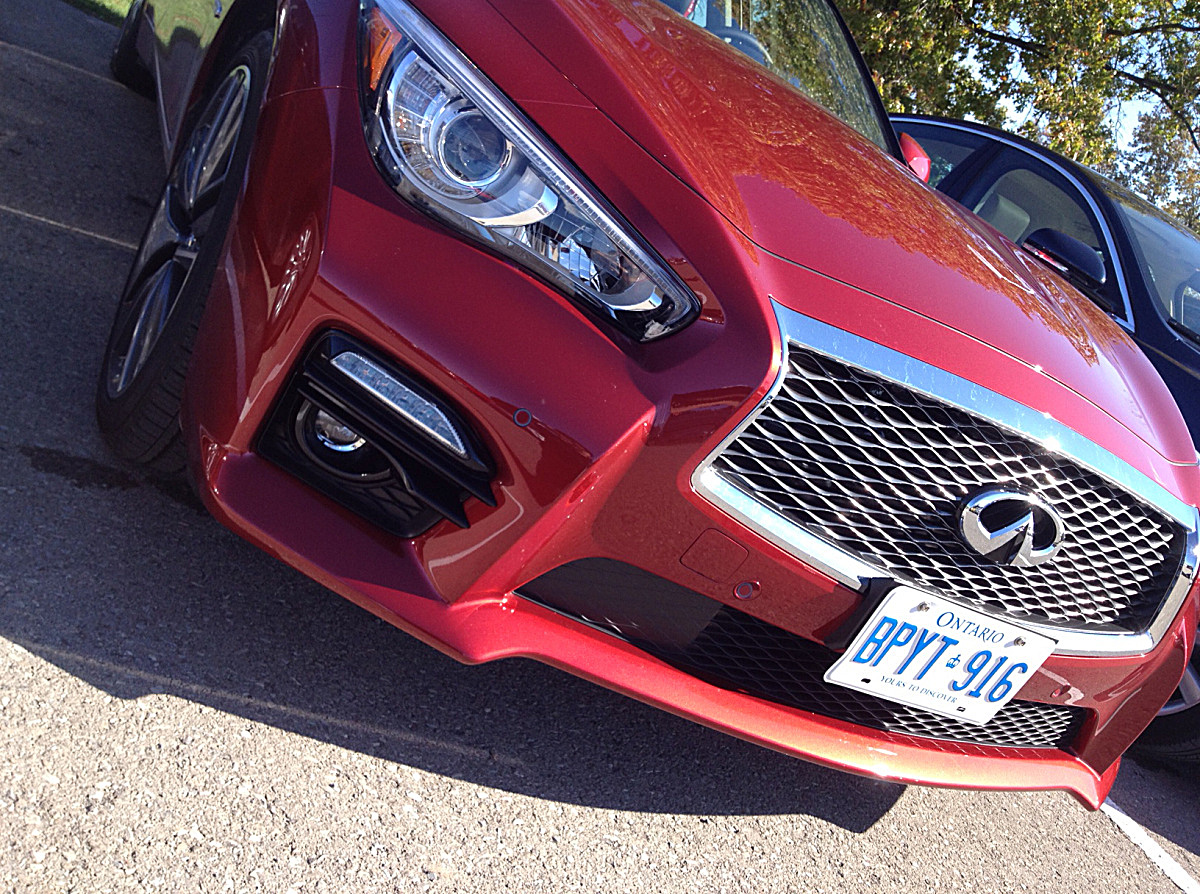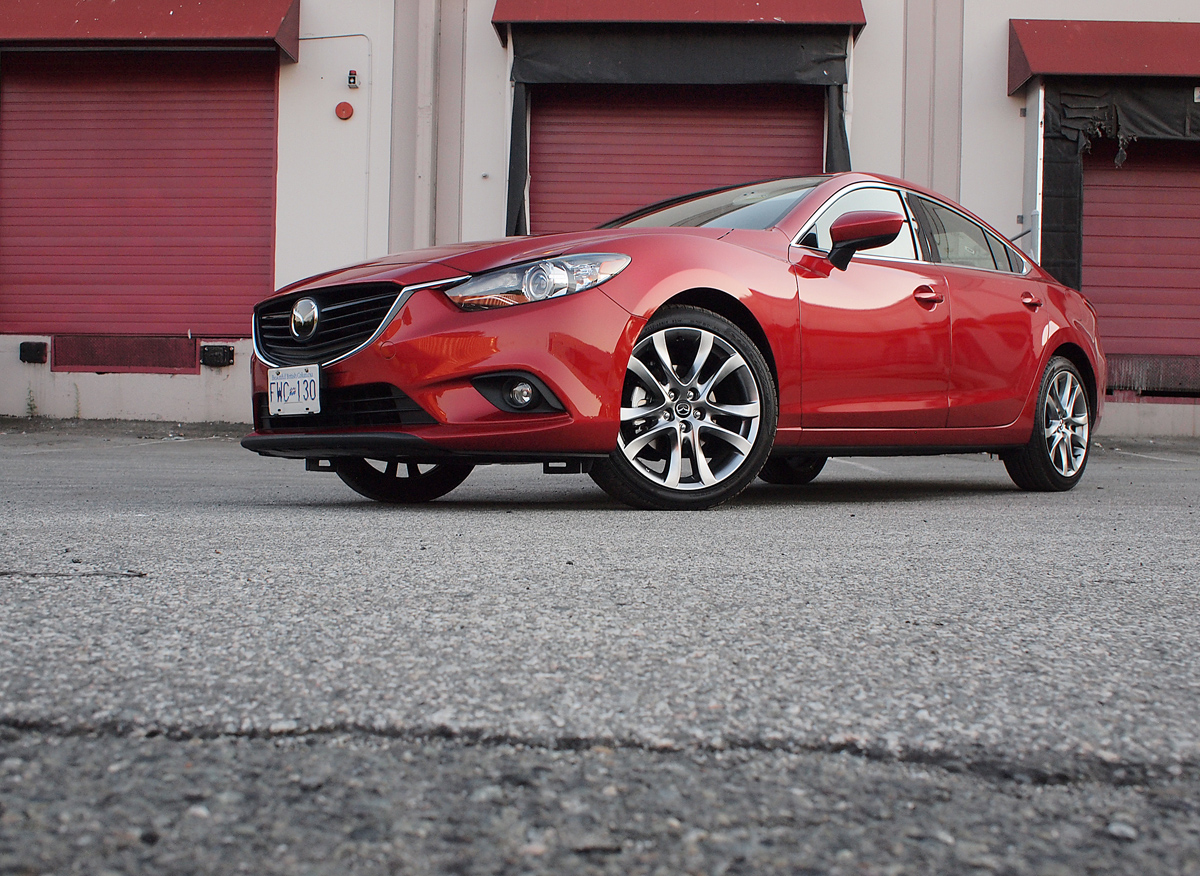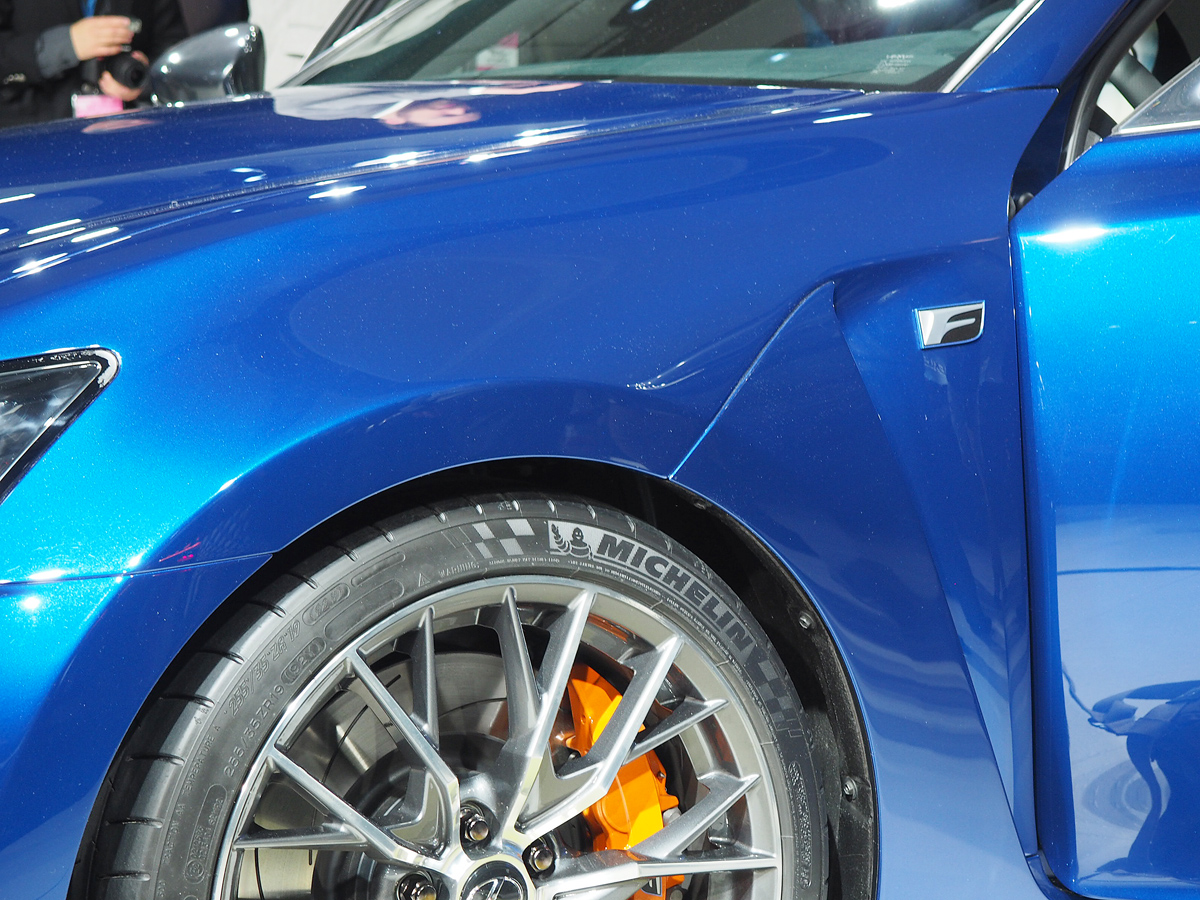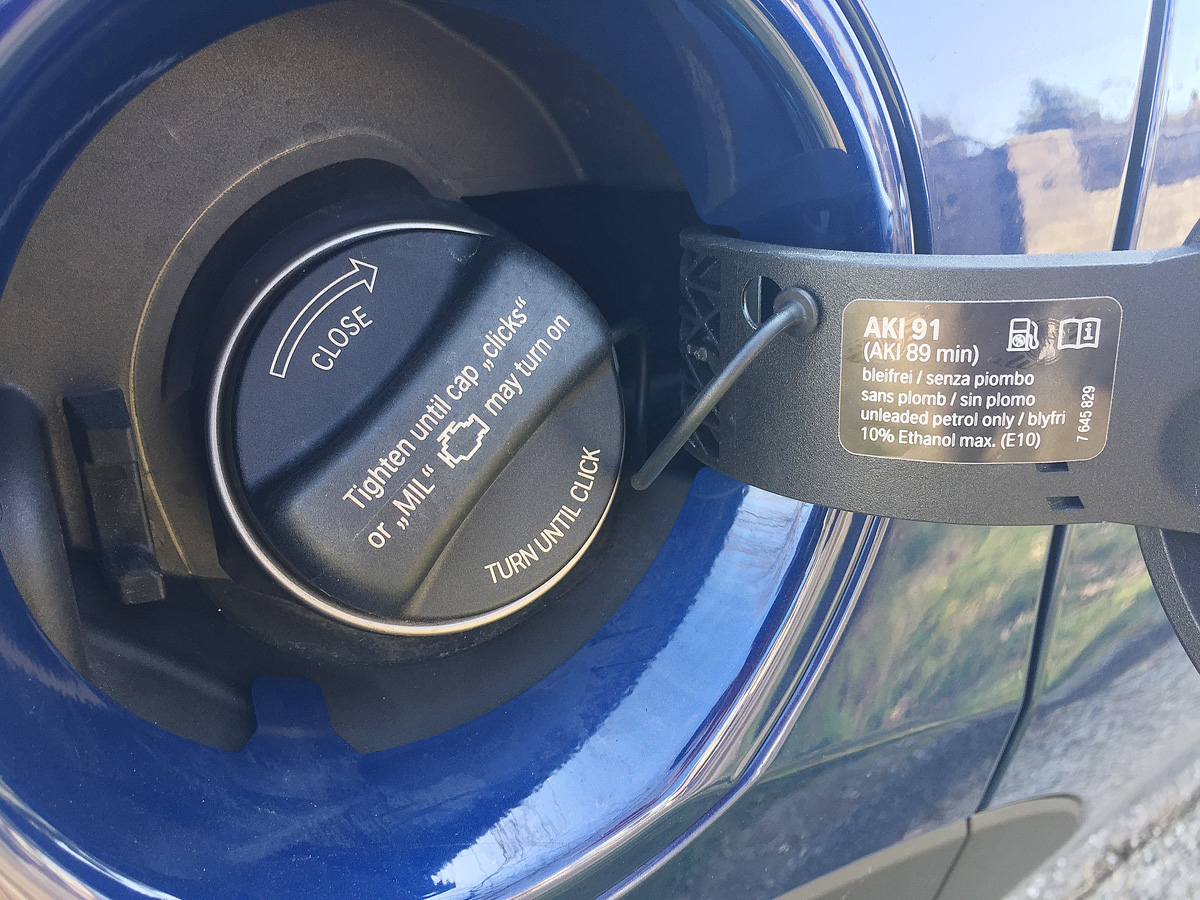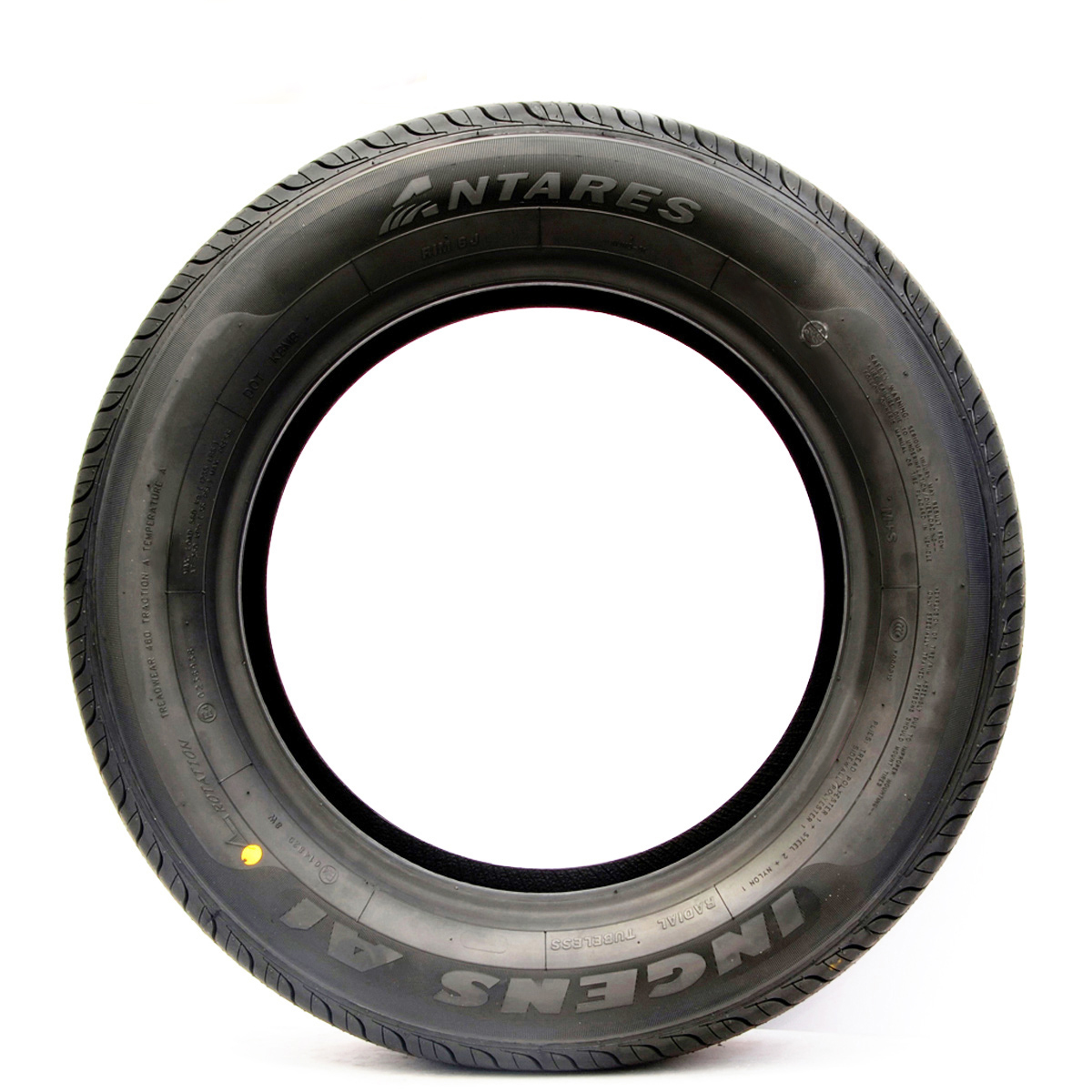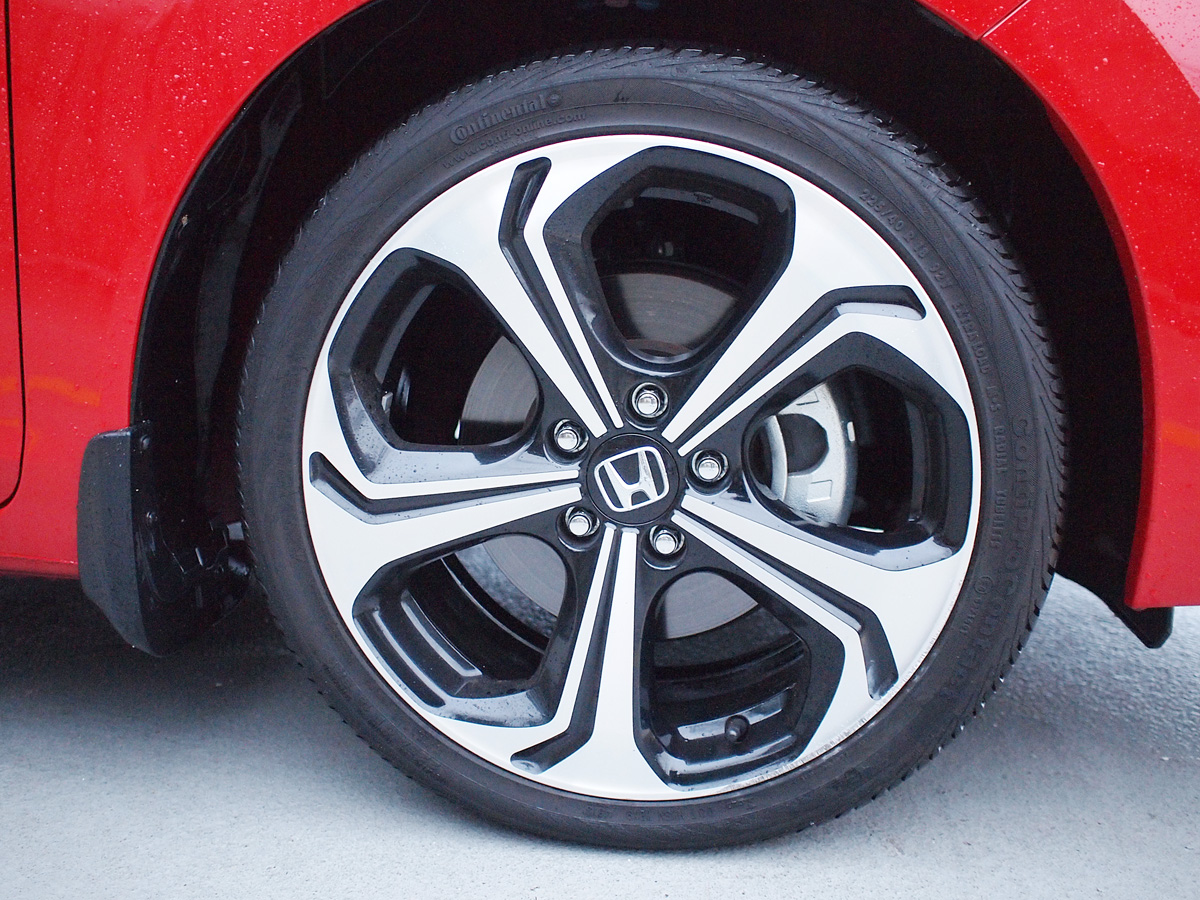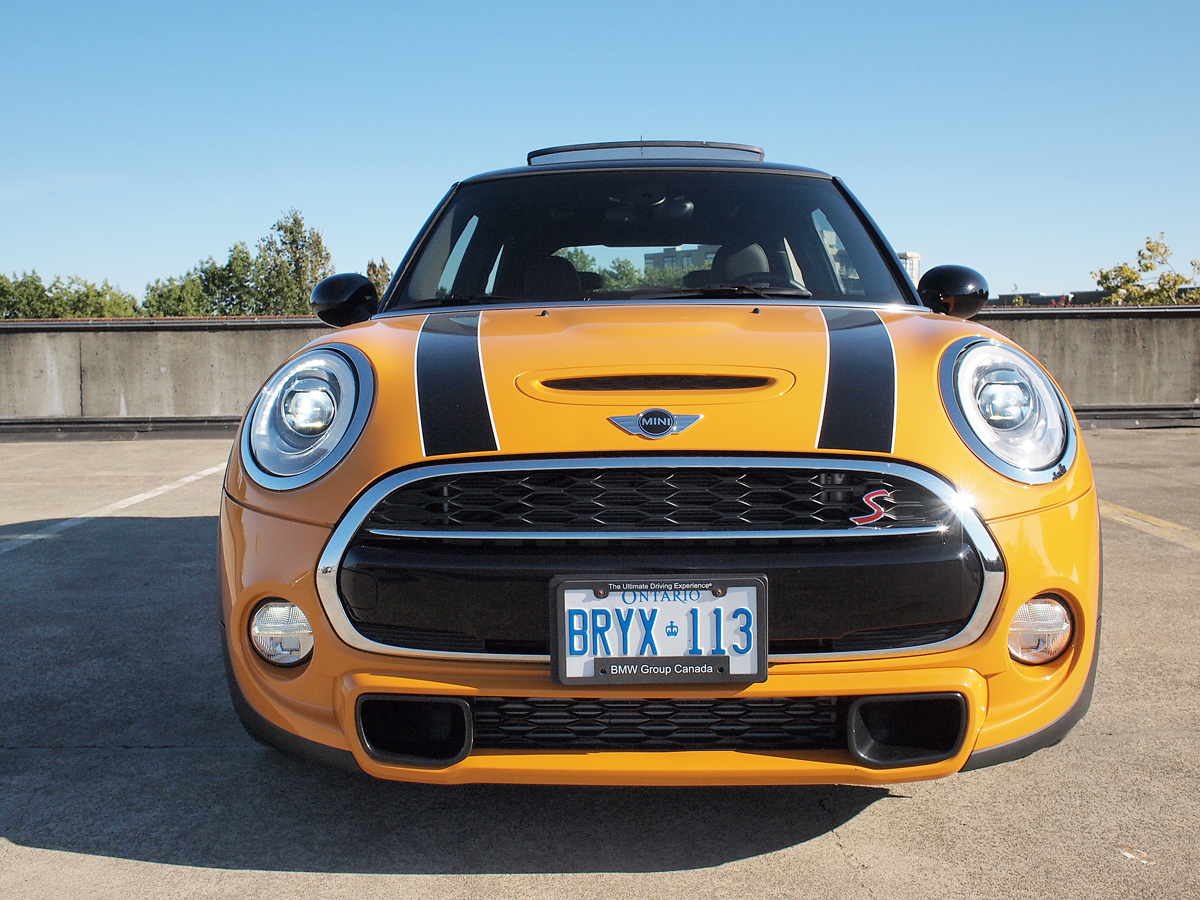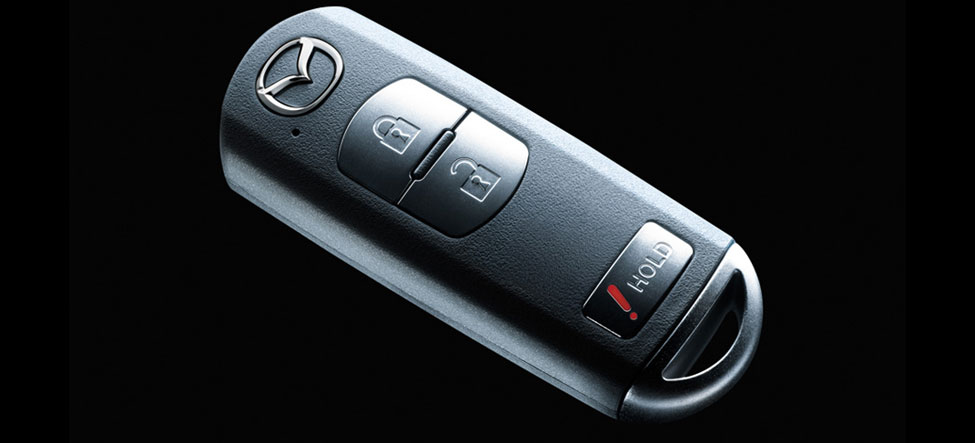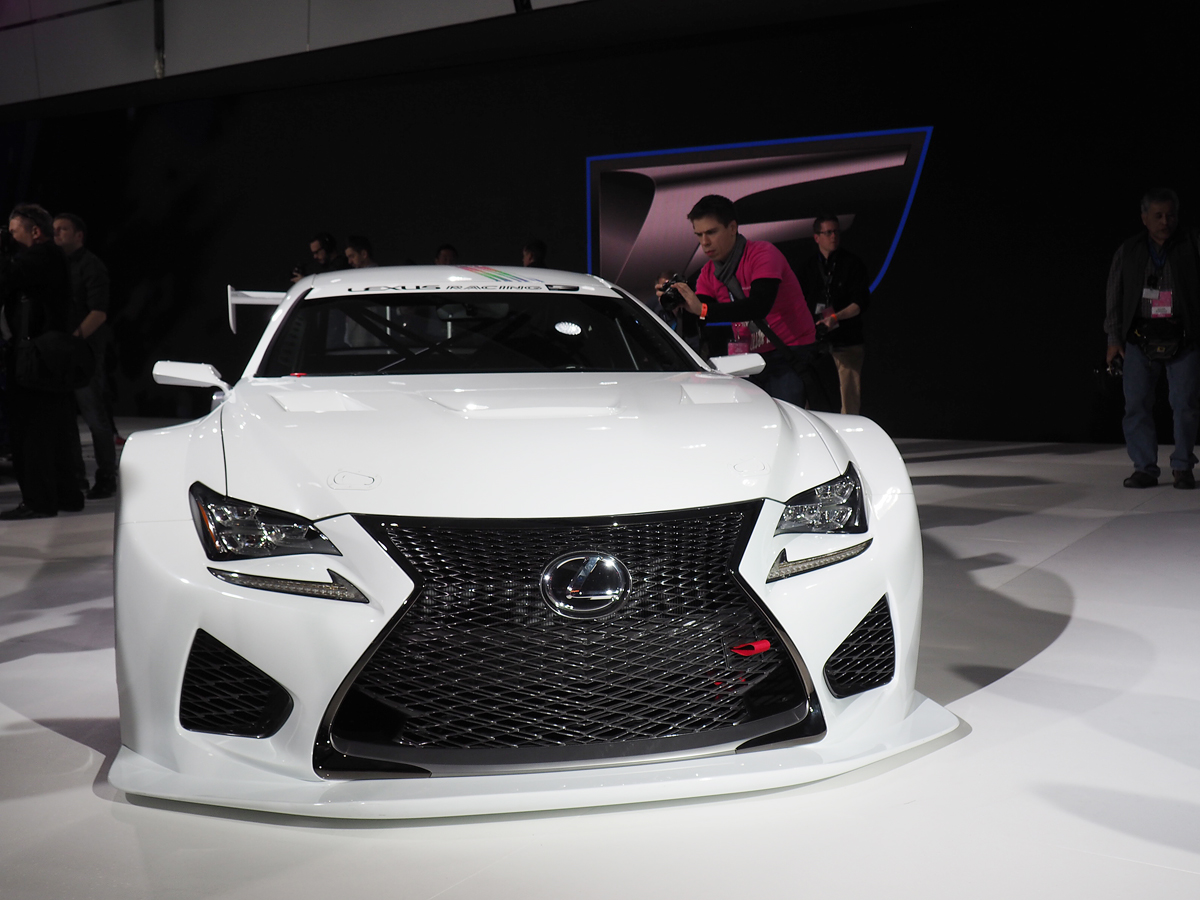Best green vehicles at 2015 Vancouver International Auto Show

The 95th Vancouver International Auto Show (VIAS) is happening right now at the Vancouver Convention Centre, and is quite literally bigger, and better, than ever before. Exhibition space has grown by one-quarter this year, to 290,000 square feet, and for the first time the displays spill over to the upstairs ballroom. Fittingly, since it takes place in B.C., VIAS features a heavy focus on alternative-energy automobiles fuelled by diesel, electricity and even hydrogen. These are the green vehicles you’ll want to see.

Toyota Fuel Cell Vehicle Concept
You may have heard about Toyota’s production hydrogen fuel cell vehicle already on sale in Japan and about to hit the roads in the United States later this year. While no Canadian expansion plans have been announced yet, Toyota debuted the Fuel Cell Concept (FCV) that provided the inspiration for the Mirai for the first time in Canada.
The Mirai was actually tested in Yellowknife in -30 C weather to evaluate cold-weather effectiveness. The space-age looking sedan creates electricity by utilizing a chemical reaction between oxygen and hydrogen, refuels in about the same time as a conventional gasoline-powered car and can drive up to 500 kilometres on a single tank.

Audi A3 Sportback e-Tron
The A3 Sportback e-Tron, Audi’s first plug-in hybrid, made its first regional appearance at VIAS. Besides a few badges and some minor exterior tweaks to the grille and rear bumper, this hybrid looks remarkably similar to the standard version. Power is provided via a 1.5-litre turbocharged engine combined with a 75-kilowatt electric motor making 204 net horsepower and 258 lb-ft of torque.

Volkswagen Golf Sportwagon TDI Clean Diesel
VW is in Vancouver to prove that even with the crossover SUV craze taking place across North America, wagon’s haven’t quite called it quits. It’s been a good year for the Golf, reaping several industry awards, and the Sportwagon should continue that trend. The diesel powertrain provides plenty of torque and achieves great fuel economy rated at 7.5 L/100 km in city driving at 5.6 L/100 km on the highway.

Hyundai Sonata Hybrid
Although Hyundai also has a plug-in version coming, it is the standard Sonata Hybrid making the trip to Vancouver. As part of the redesign, the engine is a smaller and more efficient 2.0 litre vs. the outgoing 2.4. The battery pack has a 13 per cent bigger capacity, and now fits under the trunk floor so the rear seats can fold 60/40.

In addition to the Hybrid, the majority of the public had their first chance to get an up-close look at the 2015 Hyundai Tucson Fuel Cell, the first mass-produced hydrogen-powered vehicle available to Canadians. Available to limited consumers through a lease program, the first lucky owners are a local couple living in Surrey.
Porsche 918 Spyder
Some visitors to Porsche Centre Langley have already experienced the spectacle that is the $1.3-million Porsche 918 Spyder in person. The hybrid supercar, one of three sold in B.C., uses two electric motors and a 4.6-litre V8 engine to achieve a top speed of 340 km/h.
The 2015 Vancouver International Auto Show runs until March 29. More pictures below:












